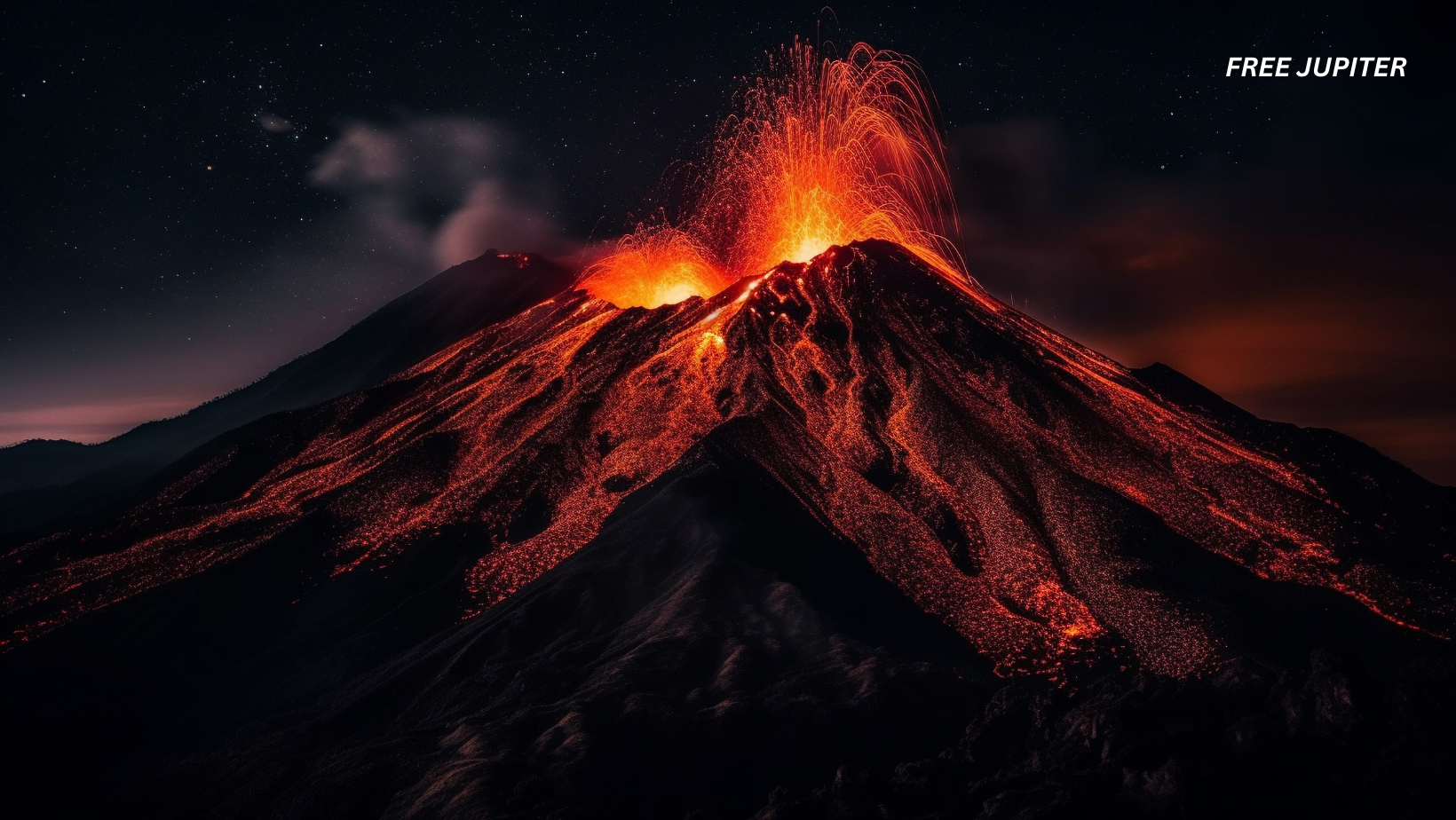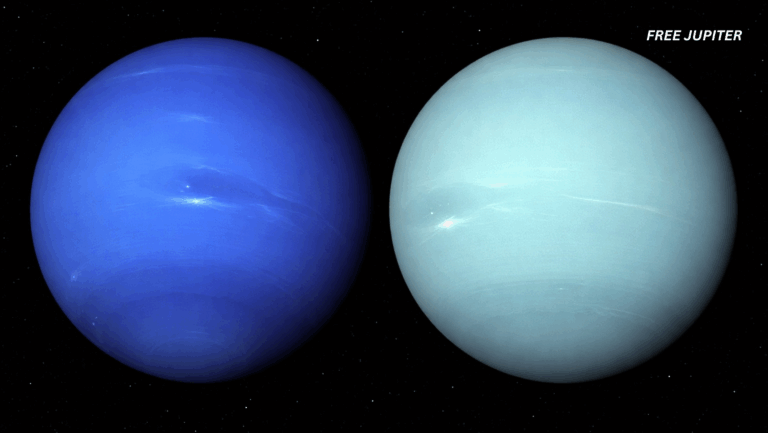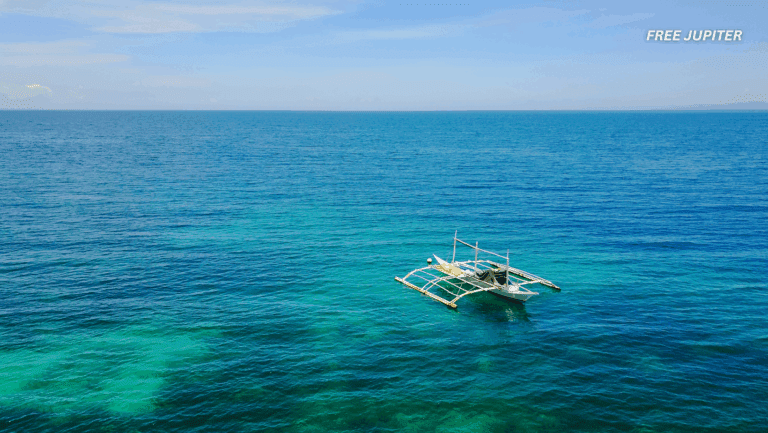Friendly Note: FreeJupiter.com shares general info for curious minds 🌟 Please fact-check all claims—and always check health matters with a professional 💙
When people think of volcanoes, they imagine glowing rivers of lava, explosive ash clouds, and a fiery force of nature that’s impossible to stop. But what if one of the most dangerous volcanoes in Europe could be tamed—not with supercomputers or sci-fi gadgets—but with something as simple as pumping water?
It sounds absurd, yet a new study suggests that may be exactly what’s possible for Campi Flegrei, a restless volcanic giant lying just west of Naples, Italy.
The Day the Ground Rose Six Feet
For centuries, the land here has been shifting up and down in slow, unsettling patterns. But in the early 1980s, the movement became frighteningly dramatic. Over just a couple of years, the ground in Pozzuoli, a bustling port town on the edge of the caldera, rose more than six feet—enough to make the harbor too shallow for ships and to crack roads and buildings.
There was no eruption, no smoke or glowing lava—just the earth heaving upward as if something massive was swelling beneath it. The Italian government ordered 40,000 residents to evacuate, unsure if the volcano was on the verge of exploding.
The locals called this strange behavior bradyseism—a nineteenth-century term meaning “slow shaking.” It’s not like the sudden jolt of an earthquake. It’s more like a deep breath taken by the earth itself, lasting months or even years.
A Giant Beneath the City
The danger of Campi Flegrei is made even more serious by where it sits. Unlike isolated volcanoes such as Mount Etna or Vesuvius, Campi Flegrei is a caldera—a huge, bowl-shaped depression left after a massive eruption long ago.
The caldera is about 8 miles wide, and it’s not empty countryside. It’s home to 350,000 people, making it the most densely populated volcanic area in Europe. It’s also right next to Naples, a city of nearly a million residents.
Imagine living in a neighborhood that sits on top of a slowly inflating water balloon—except the “balloon” in this case can explode with the force of thousands of nuclear bombs if the right conditions line up.
Read more: Hundreds of Earthquakes Strike Beneath Major US Volcano, Raising Eruption Fears
The Usual Suspect: Magma
Most people assume that when volcanoes act up, it’s because magma—molten rock from deep underground—is on the move. And often, that’s true. Rising magma brings heat, gases, and pressure, all of which can lead to eruptions.
But this new research, led by Tiziana Vanorio of Stanford University’s Doerr School of Sustainability, points the finger at something far more ordinary: water.
This doesn’t mean magma isn’t lurking down there—it is, about five miles below the surface—but in the short term, the quakes and ground swelling seem to be caused by pressure in a much shallower layer: an underground hydrothermal reservoir filled with water and steam.
The Volcano’s Hidden Water Tank
Think of this reservoir like a giant underground kettle, sealed tight by a thick lid of hardened volcanic ash called caprock. Over time, rainwater and surface runoff trickle down into the kettle. The heat from the deeper magma slowly warms this water.
As more water collects, the pressure builds. Eventually, the “lid” starts to crack, steam escapes, and small earthquakes rattle the surface. Once enough steam vents out, the pressure drops, the ground sinks, and the cycle begins again.
What’s fascinating is that the caprock “heals” itself. The escaping steam carries minerals that seep into the cracks and harden, resealing the lid—sometimes even stronger than before. This self-repair explains why the volcano doesn’t erupt every time it acts up. Instead, the pressure has to build all over again, which can take decades.
Testing the Volcano’s Lid in the Lab
To understand just how tough the caprock is, Vanorio’s team recreated it in a laboratory. They packed volcanic ash and crushed rock into a steel chamber, saturated it with calcium-rich brine, and heated it to nearly 400°F—mimicking the extreme conditions underground.
Within a day, tiny mineral fibers formed, stitching the material together into a dense, watertight seal. When they tested its strength, it withstood pressures of about 6,500 pounds per square inch before breaking—far stronger than most man-made concrete.
Even more surprisingly, once broken and resealed, the material became stronger than before—a quirk of nature that makes the reservoir harder to breach but also allows more pressure to build up over time.
Read more: Man Falls 30 Feet Off Cliff in Hawaii Trying to Get a Better View of the Kilauea Volcano Eruption
Climate Change: The Pressure Accelerator
Climate models predict that southern Italy will experience fewer storms in the coming decades, but the storms that do occur will be more extreme. Instead of steady, soaking rains, the area will see torrential downpours.
This is bad news for Campi Flegrei because those intense storms can send massive volumes of water underground all at once, overwhelming natural drainage and rapidly increasing pressure in the hydrothermal system.
It’s like filling a balloon with a fire hose instead of a trickle—it’s going to reach its limit much faster.
Managing a Volcano Like a Water Utility
The beauty of this new theory is that it opens the door to practical prevention. Since water is easier to control than magma, scientists suggest treating Campi Flegrei’s hydrothermal system like a municipal water network:
- Unclog ancient drainage canals built during the Renaissance, allowing water to flow away before it seeps deep underground.
- Limit urban runoff by redesigning streets and storm drains so less rainwater infiltrates the soil.
- Pump water directly from the reservoir using wells to keep pressure below the danger point.
Their calculations suggest that removing just a few hundred thousand gallons per day could make a significant difference. That’s a small amount for municipal water systems, but it could be enough to prevent dangerous ground swelling.
Vanorio calls this “treating the fuel, not the burner”—addressing the water before it turns into explosive steam.
Lessons From 1982–1984: A Chaotic Evacuation
When the ground rose in the 1980s, officials were caught off guard. With no clear understanding of what was happening, emergency plans were improvised. Communication was inconsistent, residents received conflicting information, and many families were forced to evacuate without knowing when—or if—they could return.
The experience left lasting scars in the community, both emotional and economic. Shops closed, homes were abandoned, and trust in government handling of volcanic threats was shaken.
Since then, Italy has improved its early warning systems, invested in seismic monitoring, and developed better evacuation plans. But even with these upgrades, a preventive approach like the one proposed by Vanorio’s team could reduce the need for mass evacuations in the first place.
A World First in Volcano Management?
If this water-management strategy is put into action and works, Campi Flegrei could become the first volcano in history to be actively “managed” without interfering with its magma chamber.
It would be a landmark shift in volcanology—treating an active volcano not as an untouchable force of nature, but as a system that can be influenced with relatively simple engineering.
For the people living above it, that could mean fewer sleepless nights during seismic swarms, fewer false-alarm evacuations, and a greater sense of control over a hazard that has loomed for thousands of years.
The Bigger Picture: Water and Volcanoes
The study also raises bigger questions for volcanic regions worldwide. Many volcanoes have hydrothermal systems, and some of them—like Yellowstone in the U.S. or Rabaul in Papua New Guinea—are also prone to pressure-driven events.
If Campi Flegrei’s system can be managed, it could set a precedent for similar projects elsewhere, turning water management into a new frontier of volcanic hazard reduction.
Read more: NASA Captures Stunning Image Of Massive Mars Volcano Piercing Through The Ice Cloud Belt
The Bottom Line
Stopping a volcano outright might be too much to hope for. Nature has a way of reminding us that it’s still in charge. But slowing it down? Buying precious time for people to prepare? That just might be within reach.
And if it can be done with something as simple as controlling rainfall and pumping groundwater, then the story of Campi Flegrei could shift from one of inevitable disaster to one of human ingenuity—proof that sometimes, the best way to fight fire is with water.










